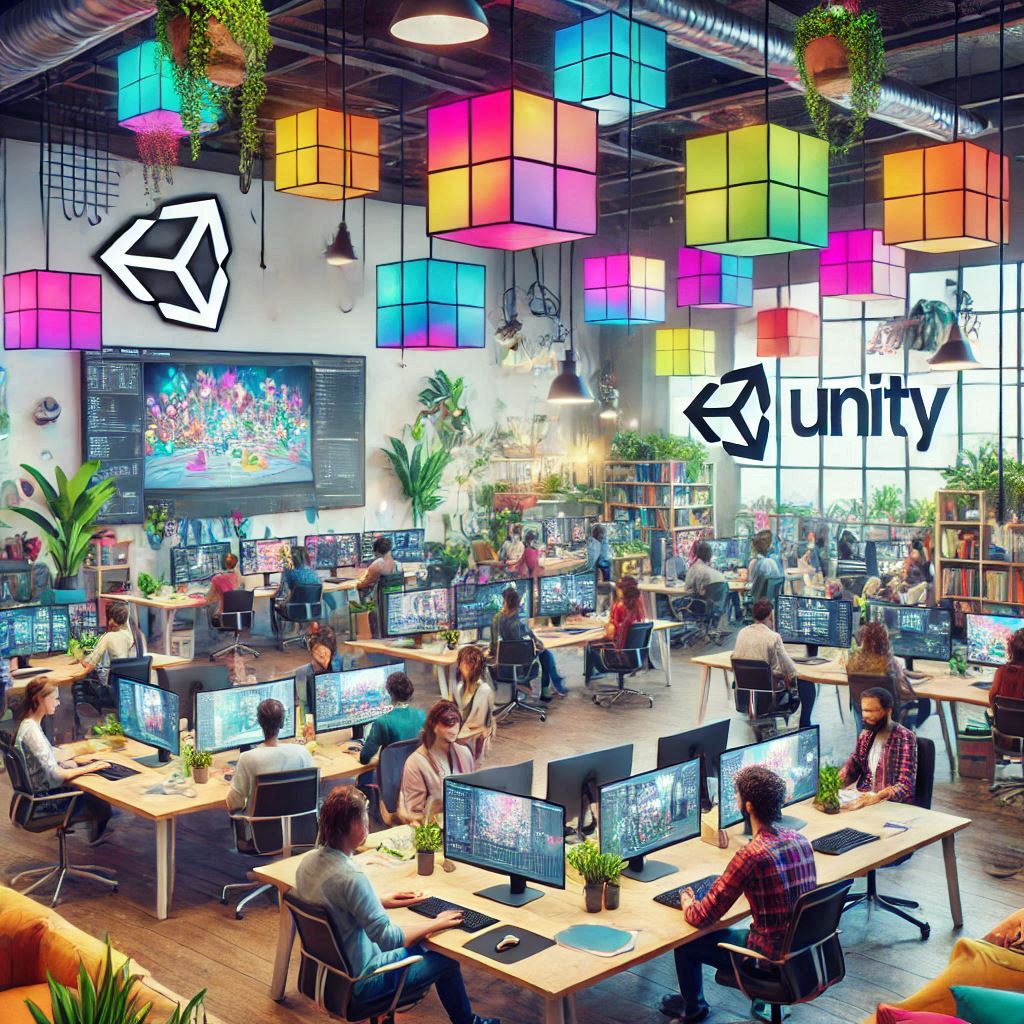
Unity is a game engine that allows developers to create interactive 3D applications for various platforms, including mobile devices, consoles, and PCs. It is widely used in the gaming industry but also has applications in architecture, filmmaking, and virtual reality. In this article, we will explore the various functions of Unity and how it can be used to develop engaging and immersive experiences.
1. Game Development
The primary function of Unity is game development. It provides a set of tools and features that allow developers to create games for different platforms with ease. With Unity, developers can use C or JavaScript to write code, create 3D models, and apply textures and materials. They can also use the engine’s built-in physics system to simulate realistic interactions between objects in the game world. Additionally, Unity supports multiplayer development, allowing developers to create games that can be played by multiple players over the internet.
1. Virtual Reality (VR) Development
Unity also has a strong focus on virtual reality development. It provides a set of tools and features that allow developers to create immersive VR experiences for various platforms, including Oculus Rift, HTC Vive, and PlayStation VR. Developers can use Unity’s VR support to create 360-degree environments, add interactive elements, and track user movements in real-time. This makes it an ideal platform for creating VR games, educational content, and simulations.
1. Augmented Reality (AR) Development
Unity also supports augmented reality development. AR is a technology that overlays digital information onto the real world, allowing users to interact with virtual objects in their physical environment. Unity provides a set of tools and features that allow developers to create AR experiences for mobile devices, using the device’s camera to capture the real world and overlay digital content onto it. This can be used for marketing, education, and entertainment purposes.
1. 3D Animation and Rendering
Unity is also a powerful tool for 3D animation and rendering. It provides a set of tools and features that allow developers to create animated characters and objects, as well as render high-quality graphics. Unity supports various rendering pipelines, including the Universal Render Pipeline, which allows developers to achieve realistic lighting and shading effects. Additionally, Unity can be integrated with other 3D animation software, such as Maya and Blender, allowing artists to work on their projects within Unity.
1. Architectural Visualization
Unity is also commonly used in architectural visualization. It provides a set of tools and features that allow developers to create realistic 3D models of buildings and environments, which can be used for visualization purposes. Unity’s built-in physics system can be used to simulate the behavior of objects in the environment, allowing architects to test their designs in a virtual world before building them in reality. Additionally, Unity can be integrated with other architectural software, such as AutoCAD and Revit, making it an ideal platform for creating interactive 3D models.

In conclusion, Unity is a versatile tool that can be used for a variety of purposes, including game development, virtual reality development, augmented reality development, 3D animation and rendering, and architectural visualization. Its focus on user-friendly tools and features makes it an ideal platform for developers of all skill levels, from beginners to experienced professionals. With Unity, developers can create engaging and immersive experiences that can be enjoyed by users across various platforms.


